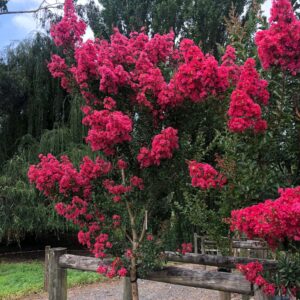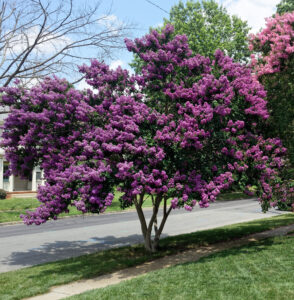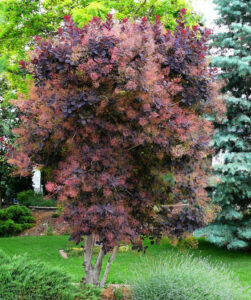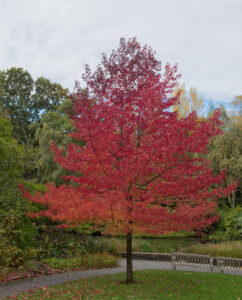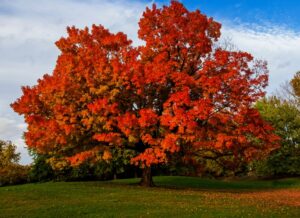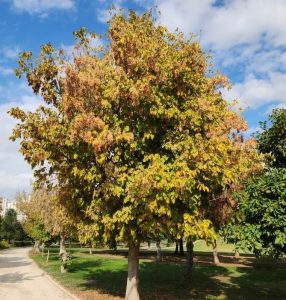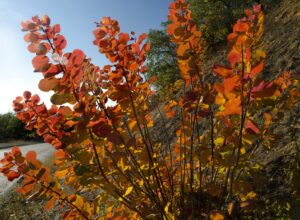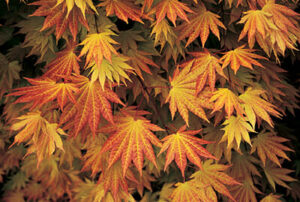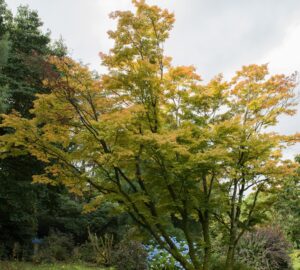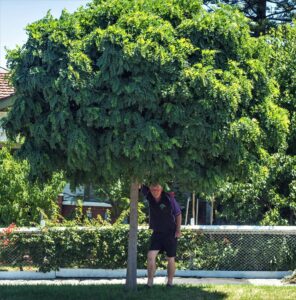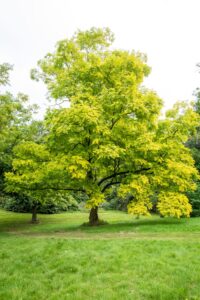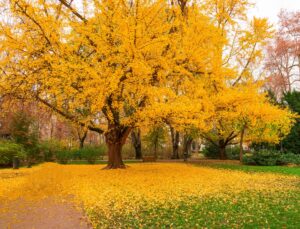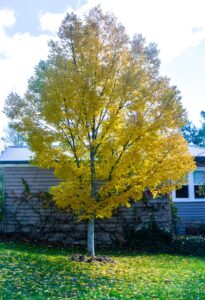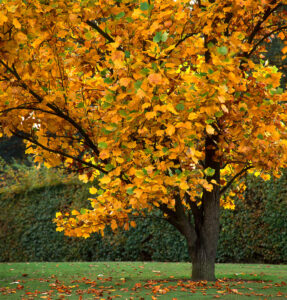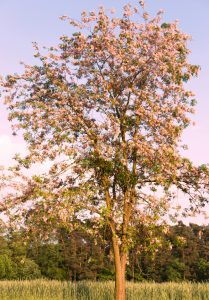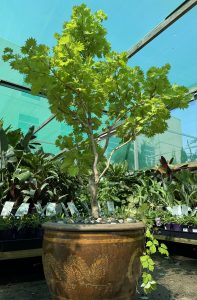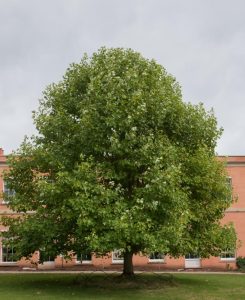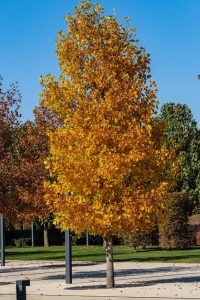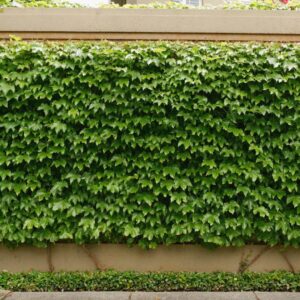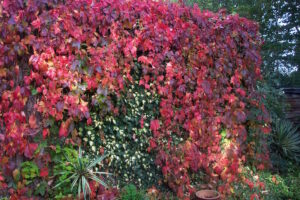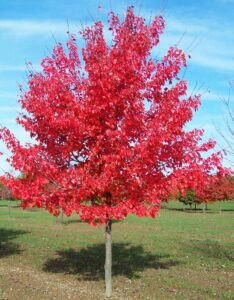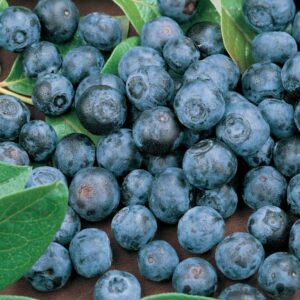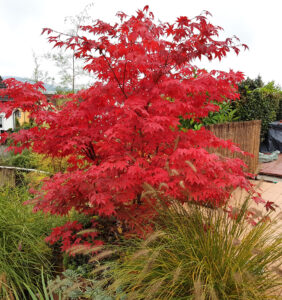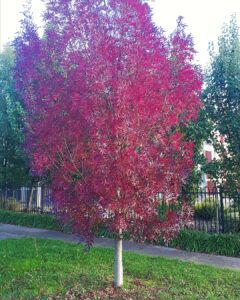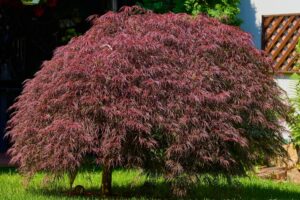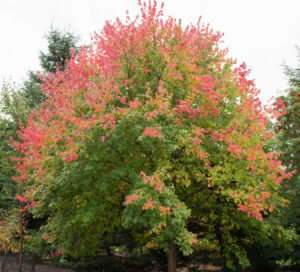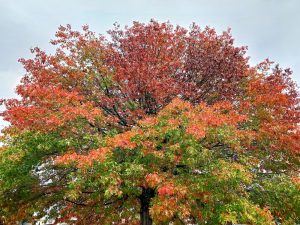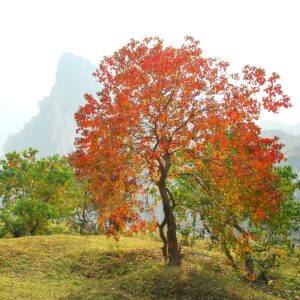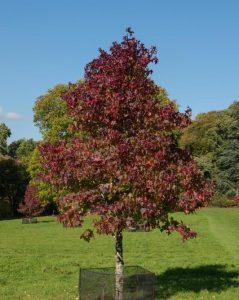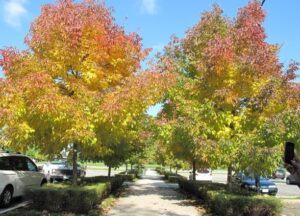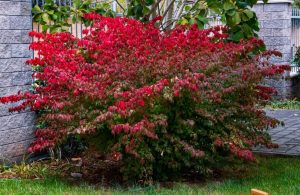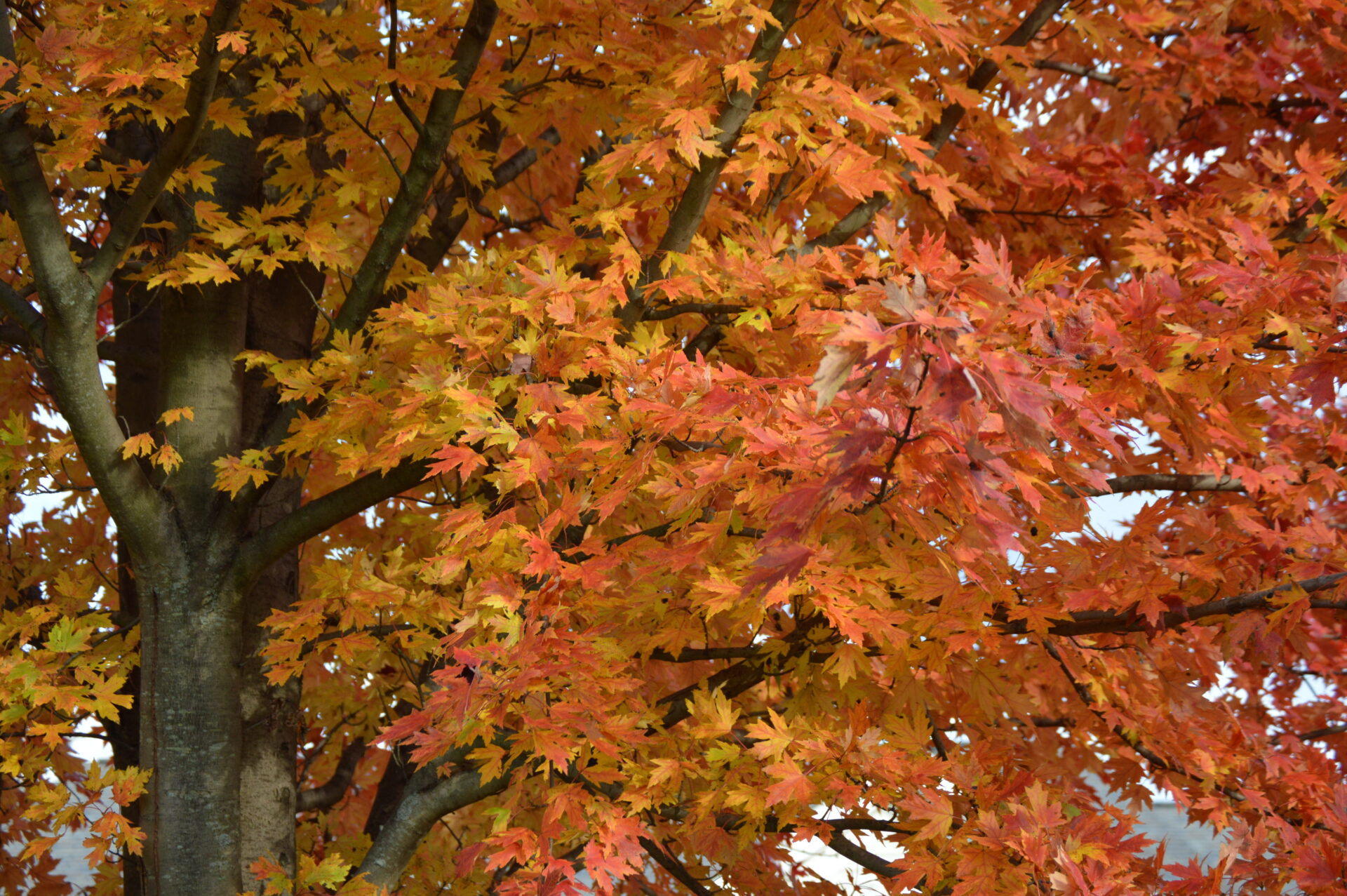
Why do leaves change colour in autumn and fall off?
Autumn is a spectacular time of the year. Trees across Melbourne turn fluorescent yellows, oranges and reds, giving us one last big splash of colour before the cold starkness of winter rolls in. However, this show isn’t put on for our visual pleasure but has a very specific purpose.
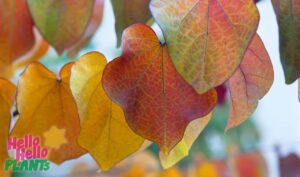 The colour of leaves come from pigments created by leaf cells, which aid them in creating food. Leaves change colour due to the breakdown of the most dominant pigment, chlorophyll, leaving the others to take over the show.
The colour of leaves come from pigments created by leaf cells, which aid them in creating food. Leaves change colour due to the breakdown of the most dominant pigment, chlorophyll, leaving the others to take over the show.
 Seen throughout the warmer months and kept in the leaves of evergreen trees, this pigment assists in photosynthesis (the process of turning sunlight into food).
Seen throughout the warmer months and kept in the leaves of evergreen trees, this pigment assists in photosynthesis (the process of turning sunlight into food).
 Carotene brings a beautifully vibrant orange to plants such as Crepe Myrtles, Sugar Maples and Smoke Bush. It sounds like ‘carrot’ because it is also responsible for giving carrots their orange colour!
Carotene brings a beautifully vibrant orange to plants such as Crepe Myrtles, Sugar Maples and Smoke Bush. It sounds like ‘carrot’ because it is also responsible for giving carrots their orange colour!
 Xanthophyll is responsible for the fluorsecent yellows we see in Ashes, Birches and some Maples. It is another pigment found in foods such as corn and squash, giving them their yellow colour.
Xanthophyll is responsible for the fluorsecent yellows we see in Ashes, Birches and some Maples. It is another pigment found in foods such as corn and squash, giving them their yellow colour.
 Seen in many Oaks and Maples, Anthocyanin gives us that fiery red and rich claret foliage we love so much. Unlike the others, this pigment is created as the chlorophyll is broken down.
Seen in many Oaks and Maples, Anthocyanin gives us that fiery red and rich claret foliage we love so much. Unlike the others, this pigment is created as the chlorophyll is broken down.
For more on autumnal foliage and feature plants, check out our top picks for the autumn garden!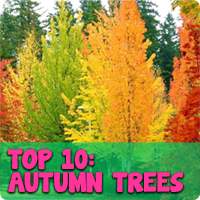

Why do some trees lose their leaves and others don’t?
There are two types of tree – evergreen and deciduous.- Evergreen trees are just as the name suggests, they keep their leaves all year.
- Deciduous trees on the other hand deliberately lose their leaves in autumn and remain bare through the colder, darker months until the temperatures warm up again.
Why do leaves change colour?
 The colour of leaves come from pigments created by leaf cells, which aid them in creating food. Leaves change colour due to the breakdown of the most dominant pigment, chlorophyll, leaving the others to take over the show.
The colour of leaves come from pigments created by leaf cells, which aid them in creating food. Leaves change colour due to the breakdown of the most dominant pigment, chlorophyll, leaving the others to take over the show.
There are four pigments that affect the colour of leaves.
Green Foliage – Chlorophyll
 Seen throughout the warmer months and kept in the leaves of evergreen trees, this pigment assists in photosynthesis (the process of turning sunlight into food).
Seen throughout the warmer months and kept in the leaves of evergreen trees, this pigment assists in photosynthesis (the process of turning sunlight into food).
Orange Autumn Foliage – Carotene
 Carotene brings a beautifully vibrant orange to plants such as Crepe Myrtles, Sugar Maples and Smoke Bush. It sounds like ‘carrot’ because it is also responsible for giving carrots their orange colour!
Carotene brings a beautifully vibrant orange to plants such as Crepe Myrtles, Sugar Maples and Smoke Bush. It sounds like ‘carrot’ because it is also responsible for giving carrots their orange colour!
Yellow Autumn Foliage – Xanthophyll
 Xanthophyll is responsible for the fluorsecent yellows we see in Ashes, Birches and some Maples. It is another pigment found in foods such as corn and squash, giving them their yellow colour.
Xanthophyll is responsible for the fluorsecent yellows we see in Ashes, Birches and some Maples. It is another pigment found in foods such as corn and squash, giving them their yellow colour.
Red Autumn Foliage – Anthocyanin
 Seen in many Oaks and Maples, Anthocyanin gives us that fiery red and rich claret foliage we love so much. Unlike the others, this pigment is created as the chlorophyll is broken down.
Seen in many Oaks and Maples, Anthocyanin gives us that fiery red and rich claret foliage we love so much. Unlike the others, this pigment is created as the chlorophyll is broken down.
For more on autumnal foliage and feature plants, check out our top picks for the autumn garden!




